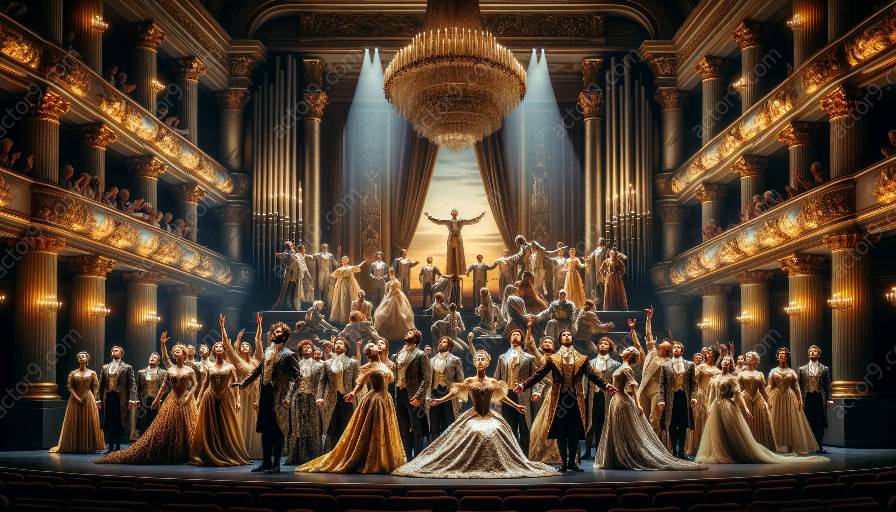Opera, as an art form, has always been a reflection of the cultural and musical traditions of its time. In recent years, there has been a growing recognition of the need to incorporate diverse musical influences into opera, embracing representation and diversity in opera performance. This approach not only enriches the artistic and cultural landscape but also reflects the evolving societal values and perspectives.
Embracing Diversity in Opera
Opera has historically been associated with the Western classical tradition, often drawing on European musical influences. However, the modern opera scene is increasingly embracing a more diverse range of musical traditions, reflecting the multicultural societies in which opera is performed. By incorporating a diverse range of musical influences, opera companies and composers can create works that resonate with a wider audience and contribute to a more inclusive and representative art form.
Exploring Cultural Traditions
One of the ways in which diverse musical influences are incorporated into opera is through the exploration of cultural traditions. Opera composers and performers are drawing inspiration from a variety of musical genres, such as traditional folk music, world music, and non-Western classical traditions. This exploration enhances the depth and authenticity of operatic storytelling and allows for the expression of diverse cultural narratives and experiences.
Collaborative Innovation
Collaboration across musical genres and traditions has become increasingly common in the world of opera. Composers are partnering with musicians from diverse backgrounds to create innovative works that blend different musical styles and traditions. This collaborative approach not only fosters creativity but also paves the way for new and exciting expressions of opera that reflect the complex tapestry of global musical influences.
Enhancing Artistic Expression
Incorporating diverse musical influences in opera not only broadens the scope of artistic expression but also challenges traditional notions of operatic repertoire and performance. By embracing a variety of musical traditions, opera companies can present works that resonate with audiences from different cultural backgrounds and provide a platform for underrepresented voices in the opera world.
Representation and Diversity
The incorporation of diverse musical influences in opera aligns with the broader movement towards enhanced representation and diversity in the arts. By actively seeking out and engaging with a wide range of musical traditions, opera companies can contribute to a more inclusive and representative cultural landscape. This approach fosters an environment where diverse artists and audiences feel valued and empowered within the opera community.
Enriching the Operatic Experience
Ultimately, the incorporation of diverse musical influences enriches the operatic experience for both performers and audiences. By embracing a wide array of musical traditions, opera becomes a powerful vehicle for storytelling that reflects the beauty and complexity of the human experience. This approach not only elevates the artistic quality of opera but also ensures its relevance and resonance in an ever-evolving global society.































